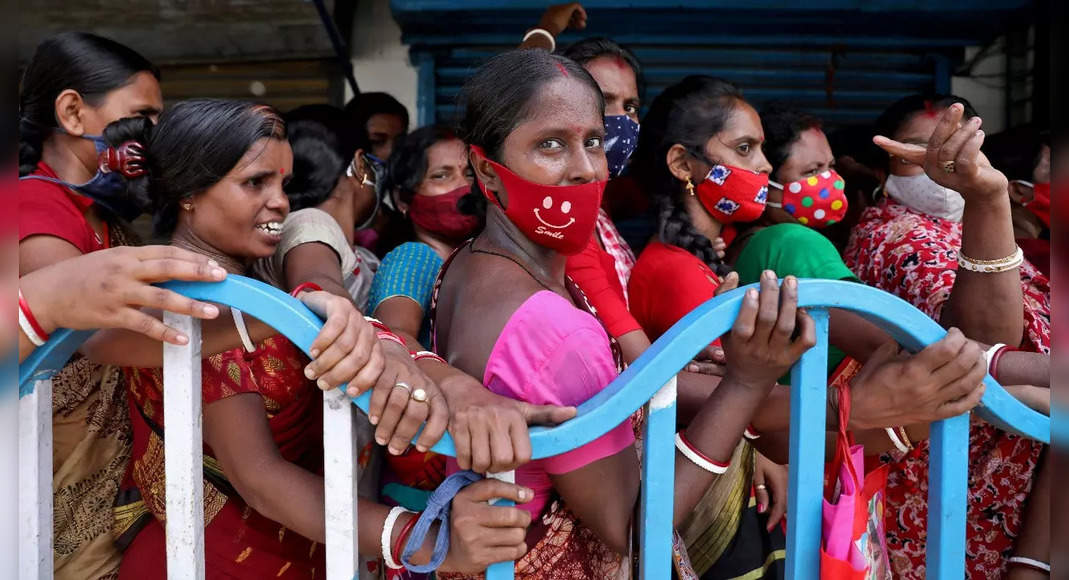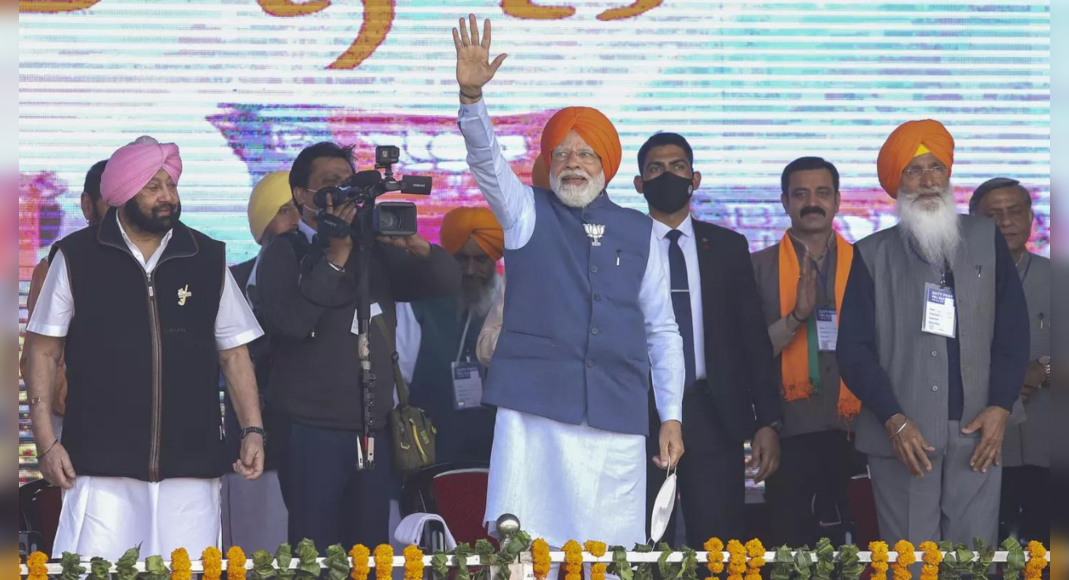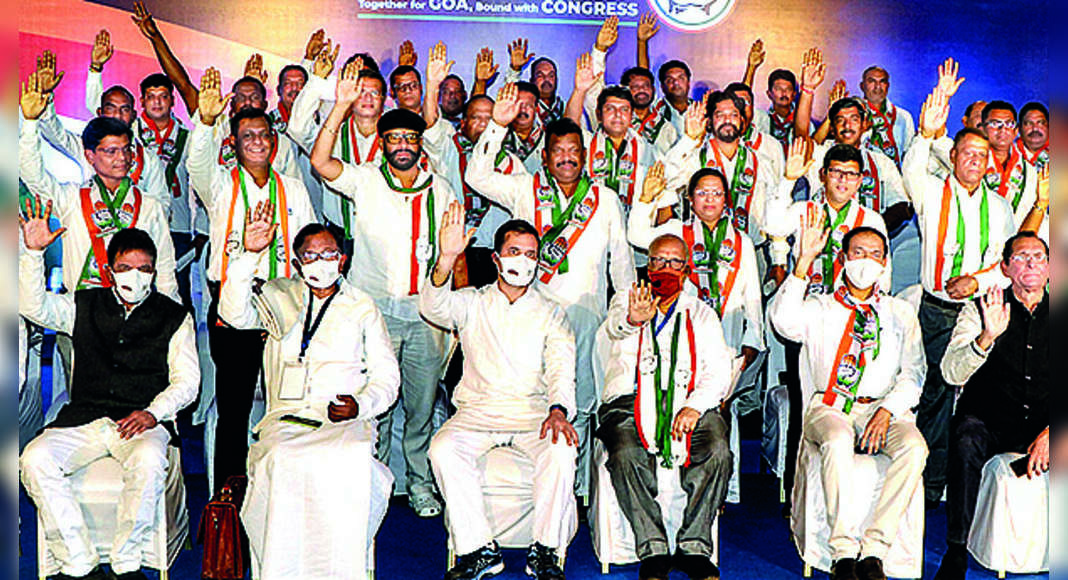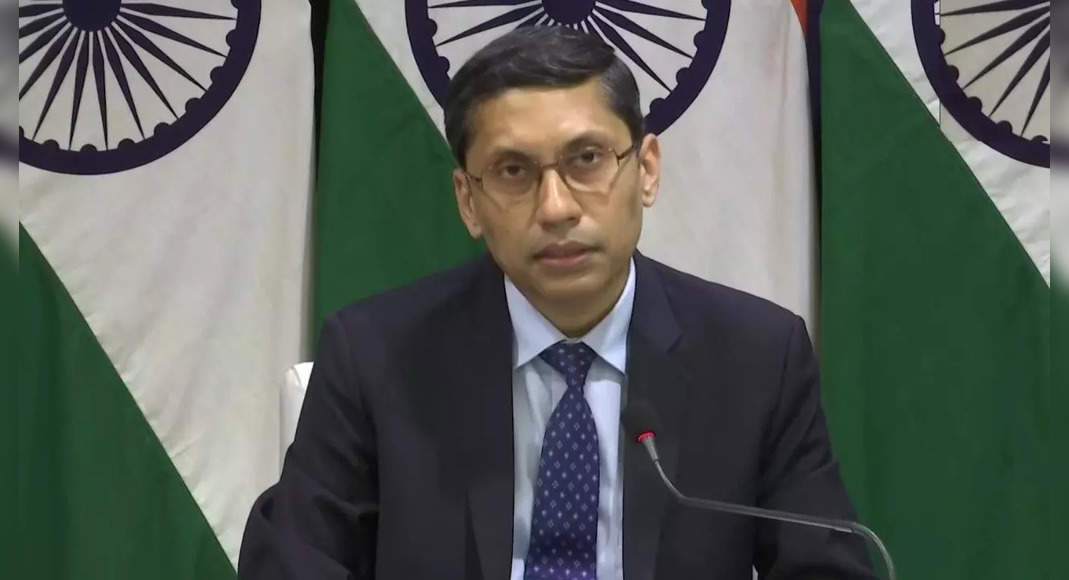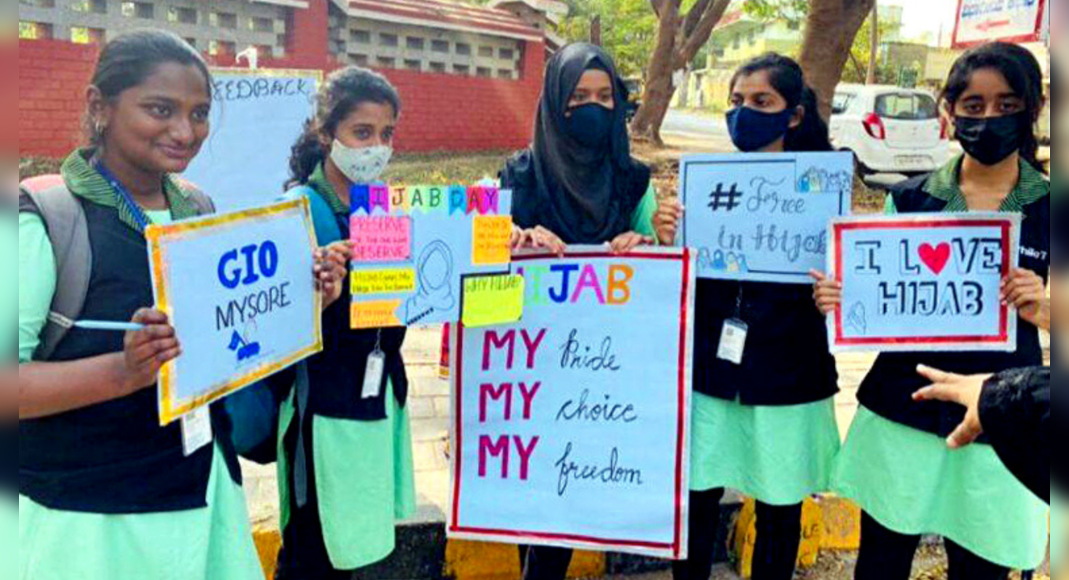Women in India on average can expect life to only more than 60 years of healthy living without obstacles by disrupting illness or injury, the lowest healthy life expectancy among 11 countries in the Southeast Asian region of the World Health Organization.
Even when it comes to men, there are only two countries in this region, Timor-Leste and Myanmar, who are worse in terms of healthy life.
One factor that clearly contributes to this is the fact that the mortality rate of children under five years is the highest in these same countries, Timor-Leste and Myanmar are getting worse than India.
This serious reality emerged from the data in a report recently released about the progress of the region in achieving universal health coverage and sustainable development objectives related to health.
In countries with the best performance in this region, Sri Lanka, Thailand and Maldives, health expenditure as part of the total government expenditure is one of the highest in the region.
Conversely, the estimated part of expenditure for the health of the total government expenditure is the lowest in India (3.4%), Bangladesh (3%) and Myanmar (3.5).
As a result, in these three countries, out-of-pocket expenditure, namely people’s spending of their own savings constitute between 63% in India and 76% in Myanmar compared to only 11% in Thailand.
Given this situation, it is not surprising that Bangladesh and India also have the highest proportion of their population, respectively 7% and 4.2%, driven into poverty because it must be spent on health care.
They also have the highest proportion of people who spend more than 10% of their total expenditure on their household for health care, the situation described as disaster health expenditure.
Nearly a quarter of the population in Bangladesh and more than 17% in India is estimated to face disaster expenses due to health care.
This report shows that analysis of health inequality shows that some people can “live a healthier life and have better access to health services than others – completely because of the conditions in which they are born, grow, live, work, and age”.
This emphasizes the need to collect disaggregated data that redeses high quality to monitor health inequality to enable the right policy break to ensure fair access and absorption of health services.

